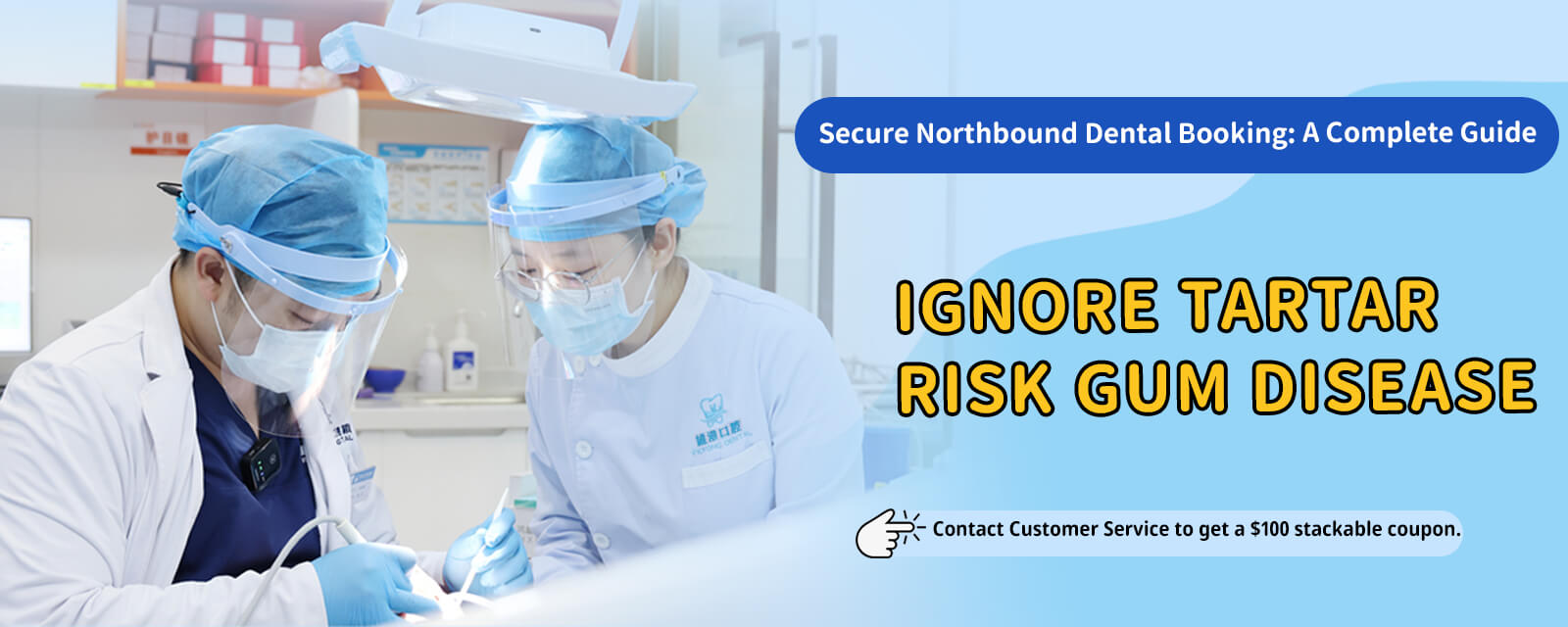**Why Do People Ask If Full Mouth Treatment Is Necessary Before Heading North for Dental Implants?**
In recent years, more and more Hong Kong residents are opting for dental implants in the Mainland, driven not only by the convenience of travel but also by the ample choice of clinics and commendable dental techniques available. However, a common question arises when considering implants: "Do I need full mouth treatment?" This query reflects concerns and uncertainties about the implant process and oral health. Today, lets break down why this question arises and explore the considerations between full mouth treatment and individual tooth implants, all in a friendly Cantonese tone.
**What is Full Mouth Treatment?**
Full mouth treatment typically involves addressing all dental issues in both the upper and lower jaws in one go, including full mouth implants, dentures, or complete reconstruction. This comprehensive approach may be suggested for individuals with severely deteriorated dental health, where many tooth roots cannot be preserved, or when there are significant issues with tooth alignment and bite.
However, full mouth treatment isnt necessary for everyone. If youre only missing a few teeth or have localized problems, partial implants or bridges can sufficiently resolve the issue without the need for an all-encompassing dental overhaul.
**Why Do People Ask About Full Mouth Treatment Before Heading North for Implants?**
1. **Information Asymmetry:** Many Hong Kong residents have limited knowledge about dental care in the Mainland, typically relying on friends accounts or online testimonials. When they hear about "full mouth treatment," they might assume its universally required, prompting them to seek detailed understanding.
2. **Convenience and Peace of Mind:** Some individuals feel that undergoing full mouth treatment all at once can prevent repeated visits to the clinic and provide a sense of convenience and assurance for the future.
3. **Diagnostic Differences:** Its not uncommon for a Hong Kong dentist to recommend partial implants, while a Mainland dentist might suggest a full mouth approach. These differing opinions can lead people to seek advice from friends or conduct online research.
**How to Decide Between Full Mouth and Partial Treatment?**
The most crucial factor is assessing your actual dental conditi

on. If you only have a few missing teeth and maintain good periodontal health, partial implants can be more suitable. On the other hand, if periodontal disease is severe, multiple teeth are loose, or bite alignment is compromised, full mouth treatment might be the more sustainable solution in the long run.
Also, consider your comfort with the treatment process. While full mouth treatment resolves issues in one go, it can involve multiple surgeries and a longer recovery period, requiring mental and lifestyle adjustments. Partial implants are relatively straightforward, cause less disruption to daily life, and offer quicker recovery.
**What to Keep in Mind When Heading North for Dental Implants?**
1. **Choose Reputable Clinics:** Ensure the dental clinic has proper licensing and a good reputation. Its crucial for Hong Kong residents to verify the clinics credentials and the qualification of the dentist for peace of mind.
2. **Prepare Thoroughly:** Before any work begins, whether in Hong Kong or the Mainland, its advisable to have a full-mouth X-ray or CT scan to understand your teeth and bone condition thoroughly. Avoid relying on a single opinion.
3. **Communicate Clearly with Your Dentist:** Be upfront about your expectations, pain tolerance, and lifestyle habits, so your dentist can tailor the treatment plan to your needs. The decision between full mouth and partial treatment often involves mutual agreement between the dentist and the patient.
**Dont Neglect Long-term Care**
Regardless of choosing full mouth or partial treatment, maintaining good oral hygiene and regular check-ups post-treatment is essential. Dental implants arent a one-time fix; neglecting oral care can compromise the longevity of the implants. Make a habit of rinsing after meals, brushing twice daily, and using dental floss or an oral irrigator.
**Conclusion**
Asking whether full mouth treatment is necessary before heading north for dental implants is perfectly normal, as everyone wants to make the best choice for themselves. Avoid being influenced by singular opinions; instead, rely on comprehensive examinations, professional advice, and your personal circumstances to make informed decisions. Dental health is a long-term investment, and all methods should be complemented by a healthy lifestyle to ensure genuine smiles and safe indulgence in eating.

























